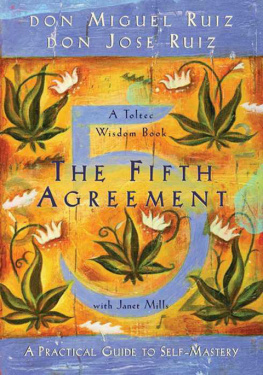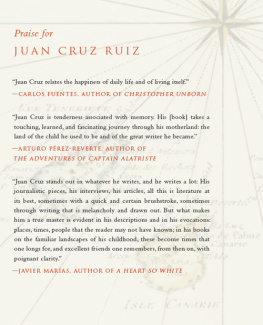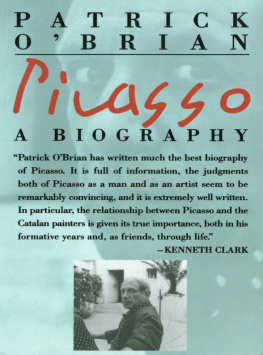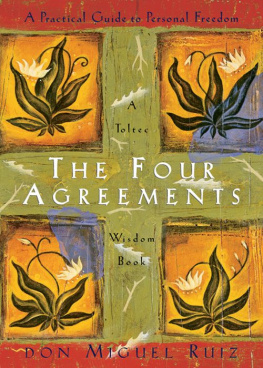Teofilo F. Ruiz - A King Travels: Festive Traditions in Late Medieval and Early Modern Spain
Here you can read online Teofilo F. Ruiz - A King Travels: Festive Traditions in Late Medieval and Early Modern Spain full text of the book (entire story) in english for free. Download pdf and epub, get meaning, cover and reviews about this ebook. City: Princeton, year: 2012, publisher: Princeton University Press, genre: History. Description of the work, (preface) as well as reviews are available. Best literature library LitArk.com created for fans of good reading and offers a wide selection of genres:
Romance novel
Science fiction
Adventure
Detective
Science
History
Home and family
Prose
Art
Politics
Computer
Non-fiction
Religion
Business
Children
Humor
Choose a favorite category and find really read worthwhile books. Enjoy immersion in the world of imagination, feel the emotions of the characters or learn something new for yourself, make an fascinating discovery.

- Book:A King Travels: Festive Traditions in Late Medieval and Early Modern Spain
- Author:
- Publisher:Princeton University Press
- Genre:
- Year:2012
- City:Princeton
- Rating:3 / 5
- Favourites:Add to favourites
- Your mark:
A King Travels: Festive Traditions in Late Medieval and Early Modern Spain: summary, description and annotation
We offer to read an annotation, description, summary or preface (depends on what the author of the book "A King Travels: Festive Traditions in Late Medieval and Early Modern Spain" wrote himself). If you haven't found the necessary information about the book — write in the comments, we will try to find it.
A King Travels examines the scripting and performance of festivals in Spain between 1327 and 1620, offering an unprecedented look at the different types of festivals that were held in Iberia during this crucial period of European history. Bridging the gap between the medieval and early modern eras, Teofilo Ruiz focuses on the travels and festivities of Philip II, exploring the complex relationship between power and ceremony, and offering a vibrant portrait of Spains cultural and political life.
Ruiz covers a range of festival categories: carnival, royal entries, tournaments, calendrical and noncalendrical celebrations, autos de fe, and Corpus Christi processions. He probes the ritual meanings of these events, paying special attention to the use of colors and symbols, and to the power relations articulated through these festive displays. Ruiz argues that the fluid and at times subversive character of medieval festivals gave way to highly formalized and hierarchical events reflecting a broader shift in how power was articulated in late medieval and early modern Spain. Yet Ruiz contends that these festivals, while they sought to buttress authority and instruct different social orders about hierarchies of power, also served as sites of contestation, dialogue, and resistance.
A King Travels sheds new light on Iberian festive traditions and their unique role in the centralizing state in early modern Castile.
Teofilo F. Ruiz: author's other books
Who wrote A King Travels: Festive Traditions in Late Medieval and Early Modern Spain? Find out the surname, the name of the author of the book and a list of all author's works by series.












 Contents
Contents Preface
Preface